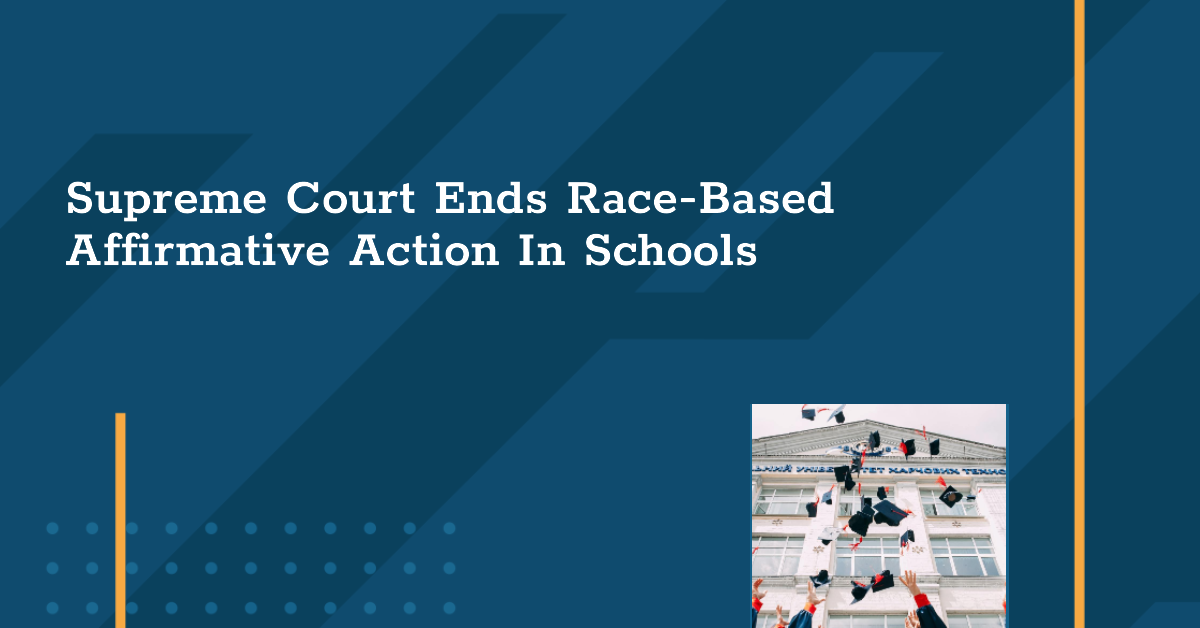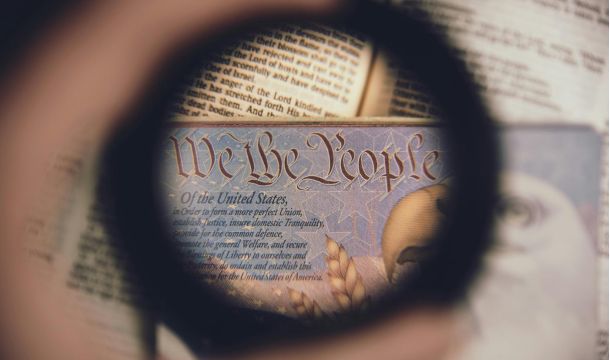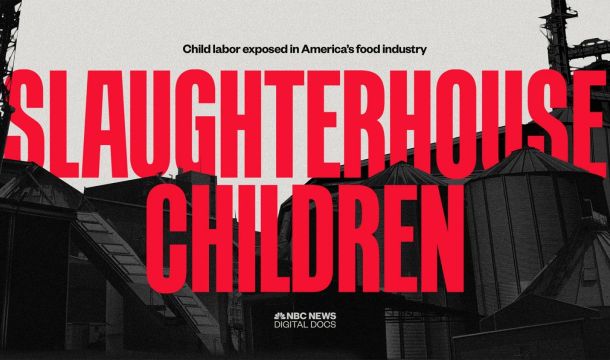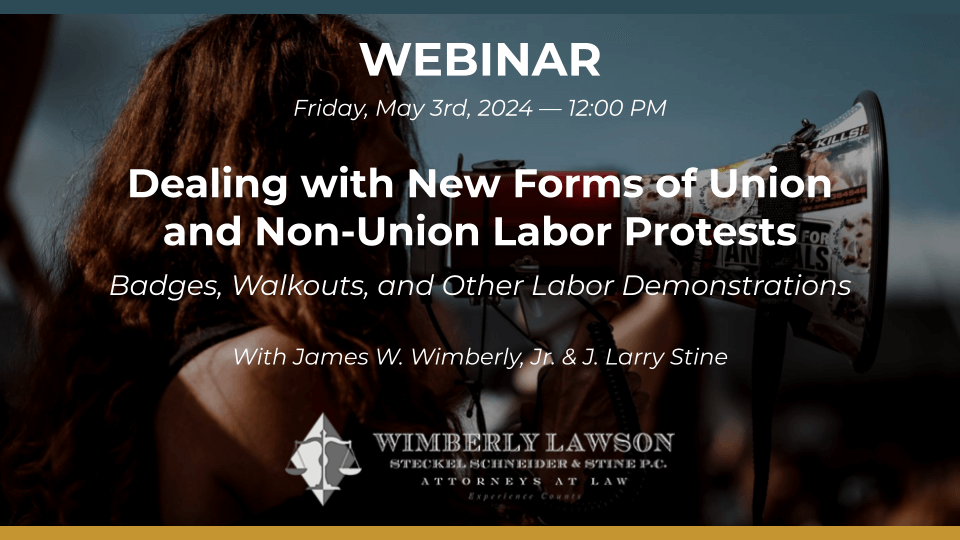Supreme Court Ends Race Conscious School Affirmative Action Programs
In a 6-3 determination, the Supreme Court made its long-awaited affirmative action ruling in Students for Fair Admissions, Inc. v. President and Fellows of Harvard College, No. 20-1119 (June 29, 2023). The question addressed was whether the admission systems used by Harvard and the University of North Carolina are lawful under the Equal Protection Clause of the Fourteenth Amendment. The Court found that these admission programs violated the Equal Protection Clause as admission could depend on the race of the applicant.
The Court first went into the history of the Fourteenth Amendment’s Equal Protection Clause. Despite early recognition of the broad sweep of the clause, it noted that before and after the Civil War, courts did not live up to the clause’s core commitment, as they often applied the concept of separate but equal. However, Brown v. Board of Education, a seminal opinion in 1954, made it clear that distinctions based on race by the states and federal government were prohibited, and the Court later reiterated the rule that Brown required schools to admit students “on a racially non-discriminatory basis.”
The Court draws on these principles in the current case by stating: “Eliminating racial discrimination means eliminating all of it.” Any exception to the Constitution’s demand for equal protection must survive a strict two-step examination known as “strict scrutiny,” in which the only compelling interests that have been recognized are to remedy specific, identified instances of past discrimination, or avoid imminent and serious risks to human safety in prisons, at least outside the circumstances of the affirmative action cases. The Court first considered the latter issue in the Bakke case in 1978, in which the Court’s judgment said that the educational benefits that flow from a racially diverse student body could be a Constitutionally permissible goal. In the 2003 Grutter ruling, the Court for the first time endorsed the view that student body diversity is a compelling state interest that can justify the use of race in university admissions. The Grutter case placed strict limits on its ruling, however, indicating that the use of race could not devolve into illegitimate stereotyping, and it could not be used to discriminate against those racial groups that were not the beneficiaries of the race-based preference. Also, at some point all race-based admission programs must end and the Court indicated that in 25 years the use of racial preferences will no longer be necessary to further the interest approved in its ruling.
In the current opinion, Chief Justice Roberts indicated that the admission systems being addressed, however well-intentioned and implemented in good faith, fail under each of the criteria the Court has required in the past, and that they did not comply with strict scrutiny, by never using race as a stereotype or negative, and by not having an ending date. Although the goals like better educating students through diversity are commendable goals, they are not sufficiently coherent for purposes of strict scrutiny. In fact, such preferences seem based on stereotyping that minority students always express some characteristic minority viewpoint on the issues. The Court states that: “The heart of the Constitution’s guarantee of equal protection lies in the simple command that the Government must treat citizens as individuals, not as simply components of a racial, religious, sexual, or national class.”
The Court’s opinion does suggest that none of the opinions should be construed as prohibiting the universities from considering applicants’ discussion of how race affected his or her life, be it through discrimination, inspiration, or otherwise. In other words, the student must be treated based on his or her experiences as an individual, and not on the basis of race.
Three of the dissenting Justices would uphold the admissions programs based on their view that the Fourteenth Amendment permits state actors to remedy the effects of societal discrimination through explicitly race-based measures.

What Does This Opinion Mean for Employers?
Technically, the Supreme Court ruling does not apply to employers. The laws that apply to educational institutions differ from those that apply to private-sector employers, although the laws are similarly worded. Therefore, many of the concepts are the same. The result could be that if race-conscious admissions in education are illegal, the same result will be made in employment situations. On the same day the opinion was issued, the EEOC Chair, Charlotte Burrows, stated: “. . . the decision . . . does not address employer efforts to foster diverse and inclusive workforces or to change the talents of all qualified workers, regardless of their background. It remains lawful for employers to implement diversity, equity, inclusion and accessibility programs that seek to ensure workers of all backgrounds are afforded equal opportunity in the workplace.”
Affirmative action in higher education may also be associated with affirmative action obligations of federal contractors in employment. But the regulatory language from Executive Order 11246 explicitly states that using race or ethnicity as a factor in decision-making is illegal in the employment context. That is, government contractors under the executive order are not required to hire or promote based on quotas or preferential treatment by race.
Instead, the executive order on affirmative action in the employment context focuses on removing barriers to protected classes through affirmative steps like outreach and recruitment. While the setting of goals for certain protected groups is often required of federal contractors and subcontractors, federal affirmative action regulations make clear that those goals cannot function as a quota and that quotas are not required and indeed are not allowed.
Thus, the results in the Harvard and UNC cases are not necessarily inconsistent with the OFCCP regulations for government contractors. In both situations, using race or ethnicity as a factor in a personnel decision is not allowed.
Nevertheless, plaintiffs may become more likely to attack the hiring and promotion decisions under affirmative action programs. Many employers are reviewing or will have to review their affirmative action programs to make sure they do not make race-conscious employment decisions, or they may consider making changes to existing diversity, equity and inclusion programs, or DEI, to make sure they fall within legal limits. The employment laws prohibit employers from considering race, and other protected characteristics, as a factor in employment decisions. Some employers may go so far as to consider removing “diversity” from job titles, fearing the connotation that it would signal that they make decisions based on protected characteristics of applicants or employees. Some commentators refer to the language in the opinion opposing any type of stereotyping, which would suggest that caution is necessary in the type of language used in diversity materials.
A possible useful guideline is how the OFCCP urges affirmative action while at the same time prohibiting using race or ethnicity as a factor in a personnel decision. Further, there is language in older Supreme Court decisions, such as United Steelworkers of America v. Weber, where an employer’s voluntary affirmative action plan designed to eliminate racial imbalances in the company’s workforce was allowed under Title VII, an issue that may be reviewed again in the future. Even then, the Weber decision made clear that any such plans must be narrowly tailored to eliminate conspicuous racial imbalance in a workforce and may not impede the interests of non-diverse workers and can only be used as a temporary measure.
As a result of the Supreme Court ruling, some employers may consider some type of communication to employees of the employer’s policies regarding affirmative action. This writer, on the day of the Supreme Court ruling, received no less than three such communications from Harvard University. Such a notice also furnishes an opportunity to point out that recruitment or outreach to protected groups will be continued under the employer’s programs, while pointing out what affirmative action is not – it is not a quota system for preferential treatment.
Concluding Comments
Some will argue that the Supreme Court ruling is a setback, and that some type of preferential treatment for protected groups is necessary to ensure racial equity. In this regard, it should be noted that the Supreme Court itself notes that three out of five universities do not use racial preferences in admissions. Nine states outlaw such preferences, including California, Florida, Oklahoma, Michigan, Texas and New Hampshire, and polls show that more than 75% of the public indicates that race or ethnicity should not be a factor in admissions.
Employers should also note that the Supreme Court ruling still leaves room for “non-racial” considerations in affirmative action. The ruling also does not quarrel with recruitment and outreach to minority groups and other steps to encourage their participation and promotion in the workplace. Ward Connerly, President of the American Civil Rights Institute, applauded the ruling, citing John Kennedy’s position that discrimination based on skin color was the major obstacle to overcome, and both he and Martin Luther King, Jr. supported this basic principle.
Please contact Jim Wimberly at 404-365-0900 or jww@wimlaw.com with any questions.
Reprinted with permission from the 7/7/23 edition of the ALM/Law.com, Daily Labor Report, ©2023 ALM Global Properties, LLC. All rights reserved. Further duplication without permission is prohibited, contact 877-256-2472 or asset-and-logo-licensing@alm.com."
Related Content
Get Email Updates
Recent Content

Featured Federalist Article: Text Education in Muldrow v. St. Louis: The Supreme Court Just Made Title VII Cases Easier for Plaintiffs to Win

Judge Invalidates Joint Employer Rule, and Independent Contractor Rule Takes Effect

The Importance of Fairness in Employment to the Law and to Job Satisfaction

Major Employers Challenge Constitutionality of Labor Act

Starbucks' Big Change in Labor Policies




